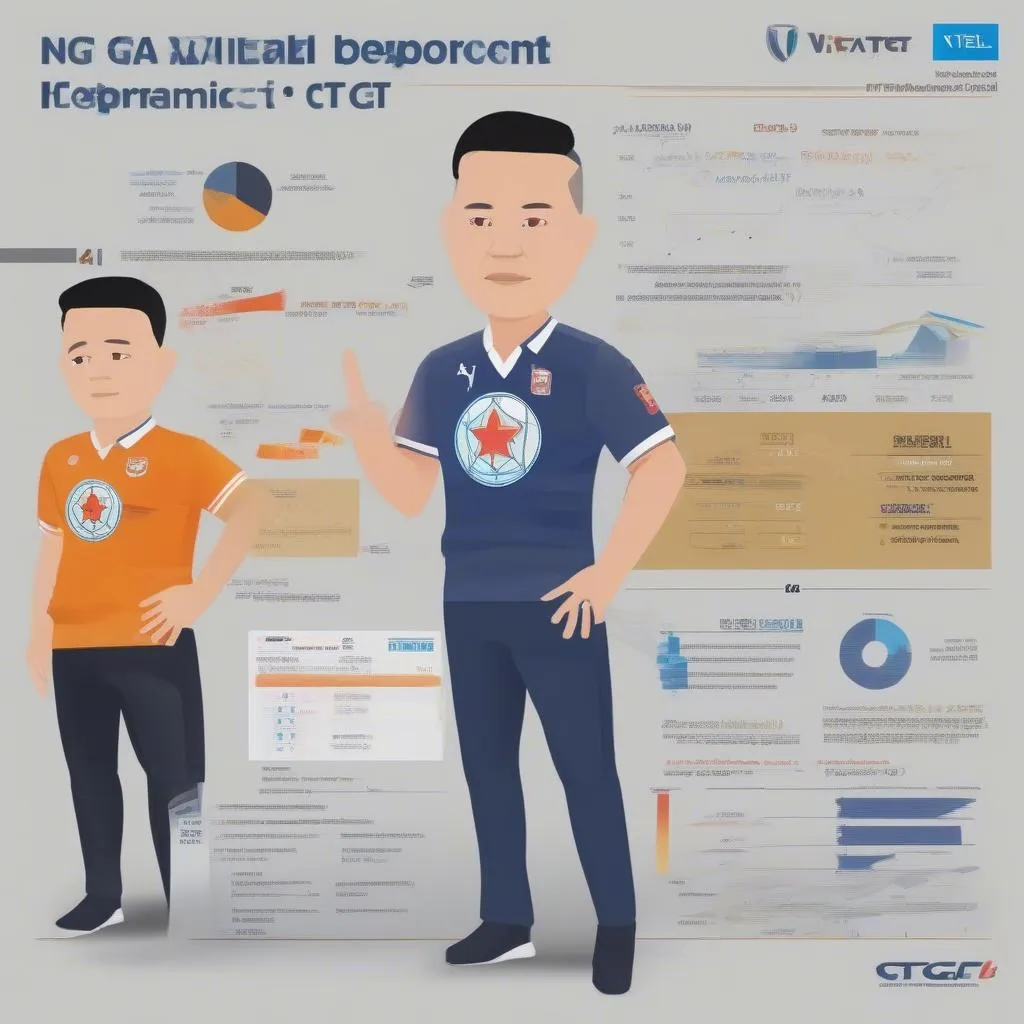“Durability depends on the user,” this proverb implies a philosophy of longevity and sustainable development. When applied to business, it helps companies build a solid and sustainable foundation, leading to healthier and stronger growth. The 4 Value-Added Components Financial Report is the “tool” for businesses to grasp this “secret.”
What is a 4 Value-Added Components Financial Report?
A 4 Value-Added Components Financial Report is a financial analysis method that helps businesses evaluate their operating performance based on 4 key factors:
- Revenue: Money earned from selling goods and services.
- Cost of Goods Sold (COGS): Direct costs associated with producing and supplying products/services.
- Operating Expenses: Costs related to the general management of the business.
- Financial Expenses: Costs incurred from borrowing and investing.
Why is a 4 Value-Added Components Financial Report Necessary?
The Story of Mr. Nam, a Coffee Shop Owner: Mr. Nam has been running a coffee shop for 5 years. Every month, he tracks revenue and profit. However, he always feels like “profit is nowhere to be found” despite stable revenue. After consulting about the 4 Value-Added Components Financial Report, Mr. Nam discovered that his operating expenses were too high compared to revenue. The reason was that he was renting an expensive location and his personnel costs were inefficient.
A 4 Value-Added Components Financial Report helps to:
- Understand business performance clearly: Businesses can analyze each expense item, thereby identifying the reasons for low profits, stagnant revenue growth, or profit decline.
- Improve operational efficiency: By analyzing the report, businesses can take measures to reduce costs, increase revenue, and optimize profits.
- Develop effective business plans: The 4 Value-Added Components Report helps businesses predict market trends and develop production and business plans suitable for the actual situation.
- Enhance transparency in financial management: The 4 Value-Added Components Report helps businesses make revenue and expenditure transparent, strengthen internal control, and improve corporate governance capabilities.
Steps to Create a 4 Value-Added Components Financial Report
According to financial expert Nguyen Van A, author of the book “Effective Business”:
“To create an effective 4 Value-Added Components Financial Report, businesses need to follow these steps:”
- Collect data: Gather complete data on revenue, cost of goods sold, operating expenses, and financial expenses.
- Classify data: Categorize data according to expense items and appropriate time periods.
- Build the report: Prepare a 4 Value-Added Components Financial Report with key indicators:
- Net Revenue
- Gross Profit
- Profit Before Tax
- Profit After Tax
- Analyze the report: Analyze the key indicators in the 4 Value-Added Components Report to evaluate business performance.
- Propose solutions: Based on the analysis results, propose specific solutions to improve business performance.
Applying the 4 Value-Added Components Report in Football
“Football is the king of sports,” every match is a battle. The 4 Value-Added Components Report also plays an important role in helping football clubs (FCs) achieve higher business efficiency.
- Revenue: Income from ticket sales, broadcasting rights, sponsorships, merchandise, etc.
- Cost of Goods Sold (COGS): Expenses for players, coaching staff, competition equipment, etc.
- Operating Expenses: Operating costs of the FC such as stadium rental, personnel management, etc.
- Financial Expenses: Borrowing costs, interest rates, investments, etc.
Analyzing the 4 Value-Added Components Report helps football clubs:
- Evaluate operational efficiency: Identify strengths and weaknesses of the FC to develop appropriate development strategies.
- Control costs: Optimize expenditures to improve operational efficiency.
- Enhance competitiveness: Improve financial capacity, attract talent, and build a reputable brand.
Example: Viettel FC’s 4 Value-Added Components Report
 Viettel FC's 4 Value-Added Financial Report
Viettel FC's 4 Value-Added Financial Report
Viettel FC is a typical example of applying the 4 Value-Added Components Report in football. The FC has achieved remarkable results in recent years, and the 4 Value-Added Components Report has contributed significantly to the club’s success.
- Revenue: Viettel FC has stable revenue from ticket sales, broadcasting rights, sponsorships, etc.
- Cost of Goods Sold (COGS): The FC tightly controls costs for players, coaching staff, equipment, etc.
- Operating Expenses: The FC applies solutions to optimize operating costs.
- Financial Expenses: The FC closely manages borrowings and investments.
The 4 Value-Added Components Report has helped Viettel FC:
- Improve operational efficiency: The FC achieves stable profits and has resources to invest in the squad and improve the professional level of players.
- Enhance competitiveness: Viettel FC has become one of the leading clubs in Vietnam and regularly competes for the championship title.
Conclusion
The 4 Value-Added Components Financial Report is a useful tool to help businesses, including football clubs, evaluate business performance, control costs, increase profits, and enhance competitiveness.
Contact us via Phone Number: 0372966666, or visit us at: 89 Kham Thien, Hanoi. We have a 24/7 customer care team, ready to assist you in building and analyzing effective 4 Value-Added Components reports.
Please share this article and give us your feedback so we can learn more about the 4 Value-Added Components Report together!
